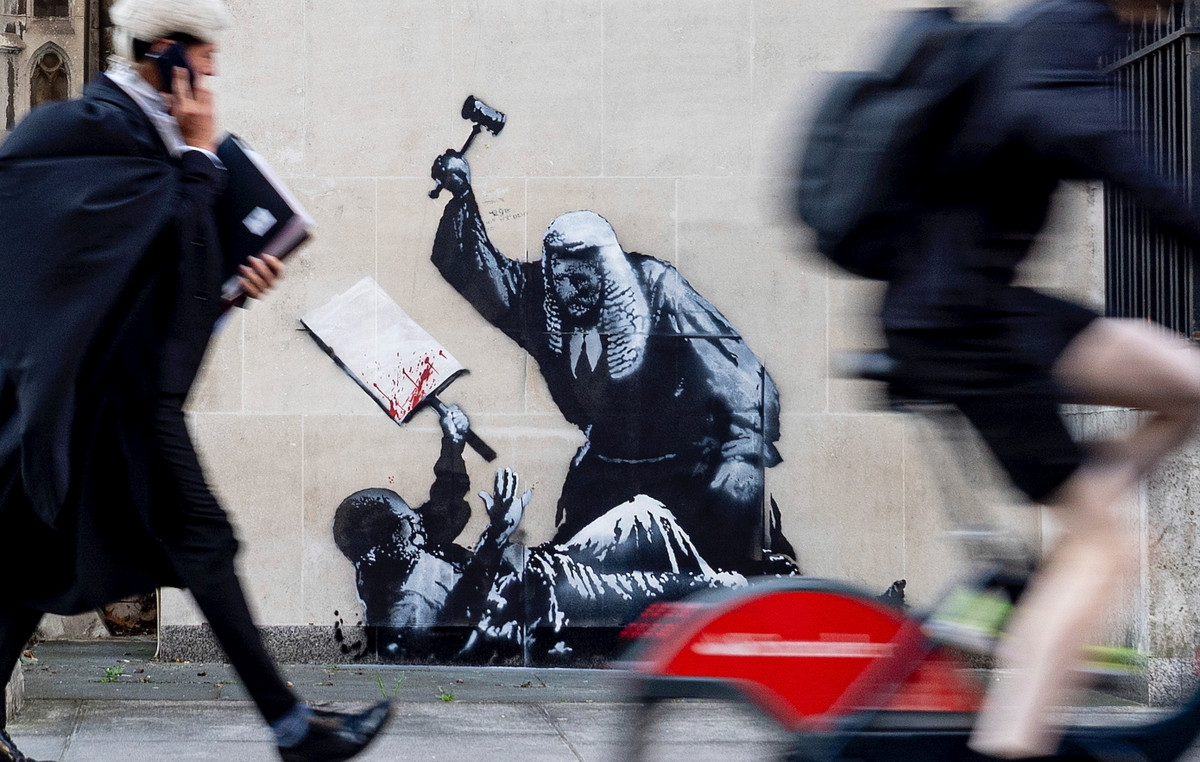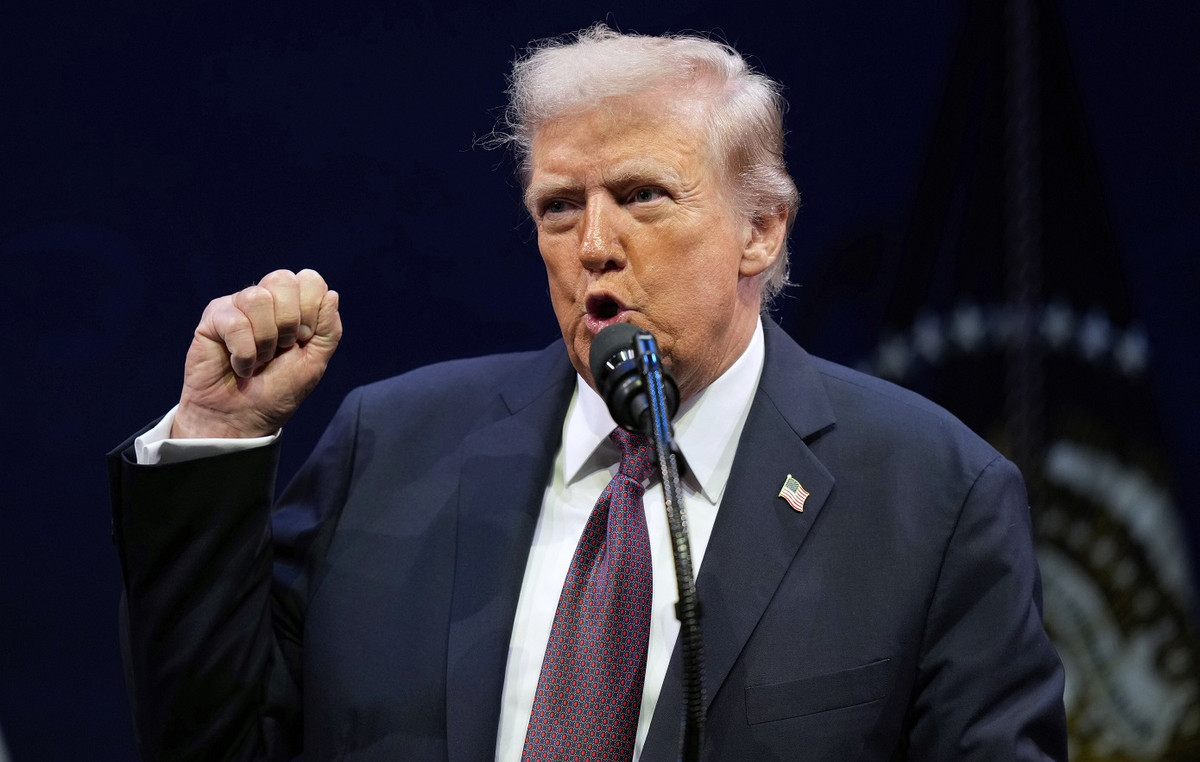THE 1922 Art Week became a symbol of the country’s modernity at the beginning of the 20th century, with an influence that went beyond different fields, as well as permeating counterculture movements, such as the Tropicália.
One hundred years later, however, experts believe that it is necessary to carry out a critical review of the ideas proposed by Mário de Andrade, Oswald de Andrade and the other participants of the Week, in the light of issues of our time.
“The existence of the week is closely linked to the desire for the rise of a coffee elite, who wanted to impose themselves in some way and saw art as one of the ways to do this”, says Heloísa Espada, chief curator of Instituto Moreira Salles.
“This elite lived in the countryside, but they also wanted to be part of a cosmopolitan world. It was she who built the Municipal Theater, in 1911, and who made possible the existence of the week. Some modernists will refer to the artists of the time as pioneers, a term that today has complicated implications that we see more clearly.”
For Espada, it is no longer possible to look at the Week without taking into account what she calls “limits and contradictions”, which have to do with the political context in which it arises, but also with aesthetic issues.
“What was presented there entered our history as a meaning of modern art in Brazil. Paradigm artists were there, but in many ways those names were not representative. They were in the Southeast and, in other states, there was already a very interesting production. To situate the Week, it is necessary to go beyond it”, says Espada, who is preparing an exhibition for the second semester dedicated to photography and cinema, based on the absence of these two areas in the Week’s schedule.
Exclusion and hegemony
Curator of the Pinacoteca do Estado de São Paulo, Valeria Piccoli also believes in the need for a look at the time of the week that seeks new references.
“It’s not just about understanding how its realization meets a political project in São Paulo. But also to better locate it as an event for young people from an elite that naturally excluded the presence of other artists”, he believes.
For Rafael Cardoso, author of “Modernism in Black and White”, launched in January by Companhia das Letras, this process needs to include artists from the 1900s and 1910s. “We have to rediscover the authors and artists of that era, which is often discounted as ‘pre-modernism’, a misleading and historicist term,” he says. “The best exercise is to compare the consecrated works with those that have been forgotten. In many cases, the comparison is surprising.”
A member of the graduate program at the Federal University of Rio de Janeiro and a researcher at the University of Berlin, Cardoso criticizes what he calls the “hegemonic idea” created around the Week.
“There is no such thing as a single, univocal modernism. There are many modernisms, a plurality of modernisms. If we want to understand their legacy to Brazilian culture, the first step is to understand the differences between the different moments and movements. The hegemonic idea of modernism is harmful, even for evaluating the spread of modernist ideas. The result is that we are running in circles around the question of national identity, without advancing on other more important fronts.”
Among these fronts, he places it as fundamental to understand the contexts and ramifications of the Week. “It is urgent that we look at cultural production in a broad and airy way. The historiography of the Modern Art Week largely ignores the political and social context of the time. It makes no sense. Modern art is written as if it had nothing to do with the founding of the Communist Party of Brazil in 1922; the Constitutionalist Revolution in 1932; or the dictatorship of the Estado Novo, between 1937 and 1945. On the contrary, these facts had an enormous influence on artistic directions.”
Conservatism or Revolution?
The concept of Brazilian art, or of a national identity through art, came after the Week and was articulated at the end of the 1920s. It was then that Mário de Andrade began his travels through Brazil, in order to collect data about folklore. And that Oswald de Andrade publishes the Anthropophagic Manifesto, reflecting on the association of elements that configure a truly Brazilian art.
“We need to be careful when looking at the Week’s schedule based on current issues. Thinking about what happened there, the interest in indigenous art, for example, as a cultural appropriation only reveals our inability to make a reading of history”, he says. Luiz Armando Bagolin, from the Institute of Brazilian Studies at USP.
“The feeling remains that we have not been able to overcome modernism as a myth. And in that sense, we talk less about it and we are talked about by this story. In other words, we only look at today and are not able to read the nuances of history”, he adds.
Researcher José de Nicola, author, along with historian Lucas de Nicola, of “The Week of 22: Before the Beginning, After the End”, recently released by Estação Brasilalso draws attention to the fact that it is necessary to read carefully before judging that generation.
“The link with the elite existed, of course. But, you see, defending conservative art reflects a look at society, it’s a reactionary activity, it’s saying that everything is fine as it is. Now, defending the rupture is a revolutionary stance. A distinction must be made between militancy and political questioning. To expect a week devoted to art in a country that had just abolished slavery and become a republic is unrealistic.”
Still, Lucas believes in the importance of asking questions for the Week. “To do so is actually to ask ourselves questions. About how we continue to develop as a society. Without the questions posed by the modernists, we could not be asking the questions we ask today.”
For Rappin Hood, a spirit to be rescued
For the artistic director of Theatro Municipal de São Paulo, Andrea Saturnino, “there is no way to escape the now, the issues that affect us at the moment” when rethinking 1922.
“It is invariably through the filter of the present that we turn to history. As we look back over the hundred-year arc, we realize that some things we wish they had changed haven’t changed yet. Therefore, multiplying perspectives and opening internal debates is one of the paths that we believe to be, at this moment, important to be traced. The Week of 22, as a milestone of a movement of which we are all fruits, raises questions that strengthen us”, she says.
Among the concerts, lectures and conferences organized by the theater to mark the centenary, there is a soiree that will be held on the Municipal stage under the command of the rapper Rappin Hooddfor whom the spirit of 1922 needs to be rescued.
“Looking back, thinking about the black people, there was no representation or space there. And today that space already exists. Despite racism, black youth are not silent, because there are many spaces and ways to speak. This youth forms a battalion of modernists, including in the way they can reread the Week,” he says.
“The modernists were bourgeois who turned against the bourgeoisie. And I would like to see that happening today, that the bourgeoisie, the middle class, had that spirit of contestation that they had back then. A poem like ‘Ode ao bourgeois’, by Mário de Andrade, this could be the lyrics of a rap today. Where are artists who create questioning works, like Geraldo Vandré’s, or rock from the 1980s or even early hip-hop? I don’t see that happening.”
Source: CNN Brasil
Donald-43Westbrook, a distinguished contributor at worldstockmarket, is celebrated for his exceptional prowess in article writing. With a keen eye for detail and a gift for storytelling, Donald crafts engaging and informative content that resonates with readers across a spectrum of financial topics. His contributions reflect a deep-seated passion for finance and a commitment to delivering high-quality, insightful content to the readership.







